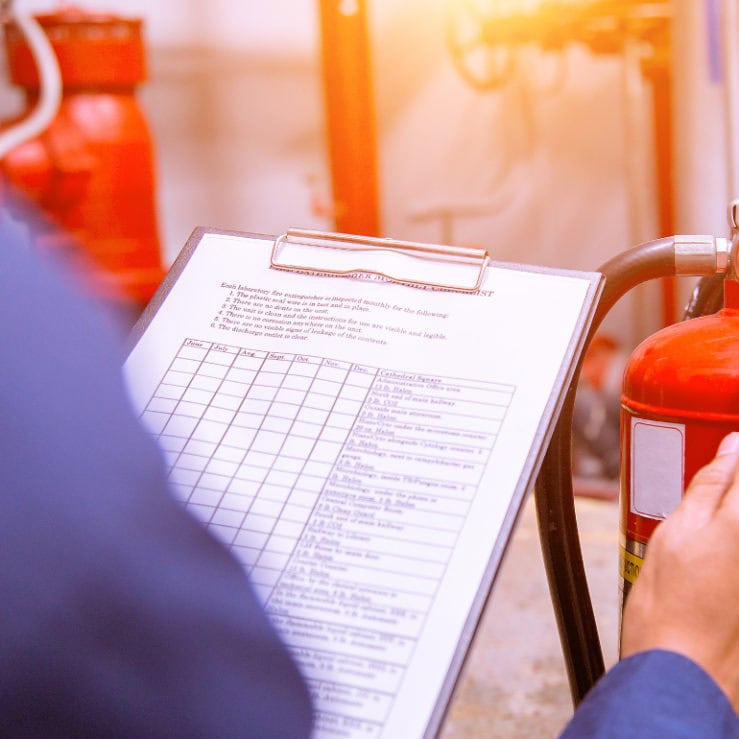Prevention is better than cure, goes the saying – and in fire prevention terms, these are wise words indeed.
This is why there are so many fire prevention initiatives run by UK organisations like the Fire Protection Association (FPA) and the National Fire Chiefs Council (NFCC). Even the forthcoming US Fire Prevention Week (6th – 12th October) has gained traction in this country – and we applaud that.
But these initiatives are largely focused on domestic fire risk, and in a commercial property context, fire prevention is about much more than just smoke alarms, best practice, and helpful behaviours – and getting it wrong comes with penalties.
In this blog, we help you navigate the requirements, and let you know about a handy tool that’ll make it easier for you to comply with them.
A legal obligation to prevent fire
In commercial properties, fire prevention is a legal obligation on the part of the person or entity that owns or manages the property, and any employers and business owners that may operate in it, under the Regulatory Reform (Fire Safety) Order 2005.
At Commercial Fire Protection, we’ve produced plenty of helpful content (like this blog) to demystify these obligations and keep you up to speed on the latest developments.
We also help customers meet their fire prevention obligations every day – so we’re well placed to give you a quick recap on the key concepts, and how to get started.
Fire Risk Assessments: what the law says you must have
All prevention is about the reduction of risk, and to reduce risk you first need to identify it.
So important is this concept that it forms the legal centrepiece of fire protection in commercial buildings, in the form of the Fire Risk Assessment (FRA).
If you don’t have timely FRAs conducted in your building or business premises, and haven’t put in place the legal fire safety precautions identified as necessary in them, the penalty is prosecution – resulting in large fines or even, in extreme cases, a prison sentence.
What risks does the FRA look at?
Many of the areas the FRA focuses on are those you’d probably recognise from the domestic fire prevention campaigns mentioned above – the need for ‘active’ fire protection measures like the placement of fire extinguishers and alarms, for example, but also ‘common sense’ actions like the moving of potentially flammable objects or sources of ignition out of harm’s way.
But the FRA also encompasses critical passive fire protection (PFP) measures like the placement and effectiveness of fire doors, and the integrity of compartmentation (the fire-resistant partitions and ceilings that prevent fire and hot gases spreading).
In addition, the FRA focuses on sprinkler systems, and the measures associated with evacuating your building if a fire is suspected, including identification and marking of escape routes, the existence of an up-to-date Fire Emergency Evacuation Plan (FEEP),and emergency lighting and signage.
It’s also worth noting that the FRA must work together with the building’s Fire Strategy – a technical document that is generally produced at the point the building is designed and constructed, and if it is not available for any reason, must be produced retrospectively as part of the FRA process.
How you get started with an FRA?
With over two decades’ experience in fire protection, we’ve made it easy for you to get started with the FRA process using our online FRA cost calculator, which gives you an all-inclusive and binding quote for our FRA work.
Awareness of fire prevention is crucial. Delivering fire prevention is the law.
Contact us today to discuss any aspect of your fire protection needs in your commercial building.




